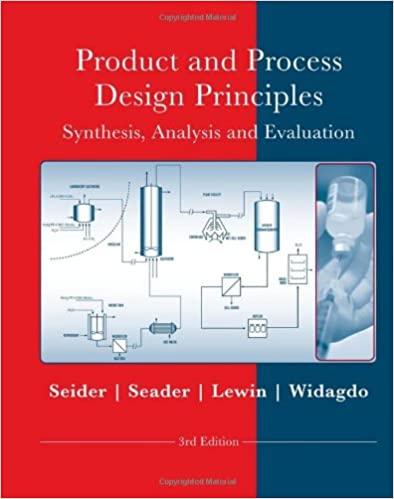Question
Background The concentration of chemical agents in pool water is regulated by health and safety standards to ensure safe use of recreational facilities. Chlorine is
Background
The concentration of chemical agents in pool water is regulated by health and safety standards to ensure safe use of recreational facilities. Chlorine is one of the most common disinfectants added to pool water in order to suppress the growth of pathogenic microorganisms. This project is concerned with the concentration of chlorine in a mid-sized swimming pool during a regular maintenance cycle. A certain swimming pool is 20m long, 8m wide, and 2m deep. When filled, it contains a volume of 84, 000 gallons of water. Recommended levels of chlorine concentration range from 1.3 105to 2.6 105ounces per gallon of water. The pools regular maintenance schedule involves filtering, cleaning, and refilling the pool at regular time intervals, while adhering to recommended health and safety standards. A particular incident during one of the regular maintenance cycles can be described by a two-step process as follows.
Stage 1: Initial refill. As a result of a miscalculation, water of a specified concentration of 1 107ounces of chlorine per gallon of water is supplied at a rate of 5 gallons per minute into the swimming pool, which initially had a concentration of 1.3 105 ounces of chlorine per gallon of water. The mixture is well-stirred in the pool. A water pump is turned on to filter and heat the pool water, so that the well-stirred mixture drains at the same rate. Stage 2: Post-quality-check refill. After 24 hours, chlorine levels are found to be insufficient, and water of an increased concentration of 5 105ounces of chlorine per gallon of water is now supplied at a rate of 5 gallons per minute, with the well-stirred mixture draining from the pool at the same rate.
Problem: Part 1
1. Model formulation Stage 1 (a) Denote the total amount of chlorine in the pool at time t by Q(t) (in ounces). Write down an expression denoting the rate of change of amount of chlorine. (b) Formulate a differential equation modeling the amount of chlorine, Q(t), during Stage 1. Define any new constants, if necessary. (c) Write down the initial condition(s). 2. Separate variables to solve the differential equation modeling Stage 1. In particular: (a) Obtain a general solution to the differential equation (b) Apply the initial condition(s) to find how the amount of chlorine changes in time during Stage 1.
3. Model formulation Stage 2 (a) Formulate a differential equation modeling the amount of chlorine during Stage 2. Define any new constants, if necessary. (b) Write down appropriate initial condition(s) for Stage 2, in order to couple the problem to that of Stage 1. 4. Use the method of integrating factors to solve the differential equation modeling Stage 2. In particular:
(a) Identify an appropriate integrating factor. (b) Obtain a general solution to the differential equation. (c) Apply the initial condition(s) to find how the amount of chlorine changes in time during Stage 2. (d) Does your answer make sense physically? Does your solution have the properties you expect it to have, in comparison to that of Stage 1? (e) How long does it take for the concentration of chlorine to reach the recommended minimum value of 1.3 105ounces per gallon of water?
Part 2:
1. Apply Eulers method to create a script that implements a numerical algorithm to solve the two model equations numerically. The script should let the user specify the step size. a. Write supporting documentation outlining what each part of your script does. b. Using the exact solution that you have obtained with your group, plot the numerical error as c function of time using the step size h = 0.1 for 0 < t < 24 60 (minutes) for Stage 1 and 24 60 < t < 48 60 (minutes) for Stage 2, in a single figure. d. Plot the numerical error as a function of time using the step sizes h = 0.02 and h = 0.01 for both Stage 1 and Stage 2 in a single figure (overlain on top of the figure of Step b above).
I need help with parts 1 and 2 please and thank you.
Step by Step Solution
There are 3 Steps involved in it
Step: 1

Get Instant Access to Expert-Tailored Solutions
See step-by-step solutions with expert insights and AI powered tools for academic success
Step: 2

Step: 3

Ace Your Homework with AI
Get the answers you need in no time with our AI-driven, step-by-step assistance
Get Started


